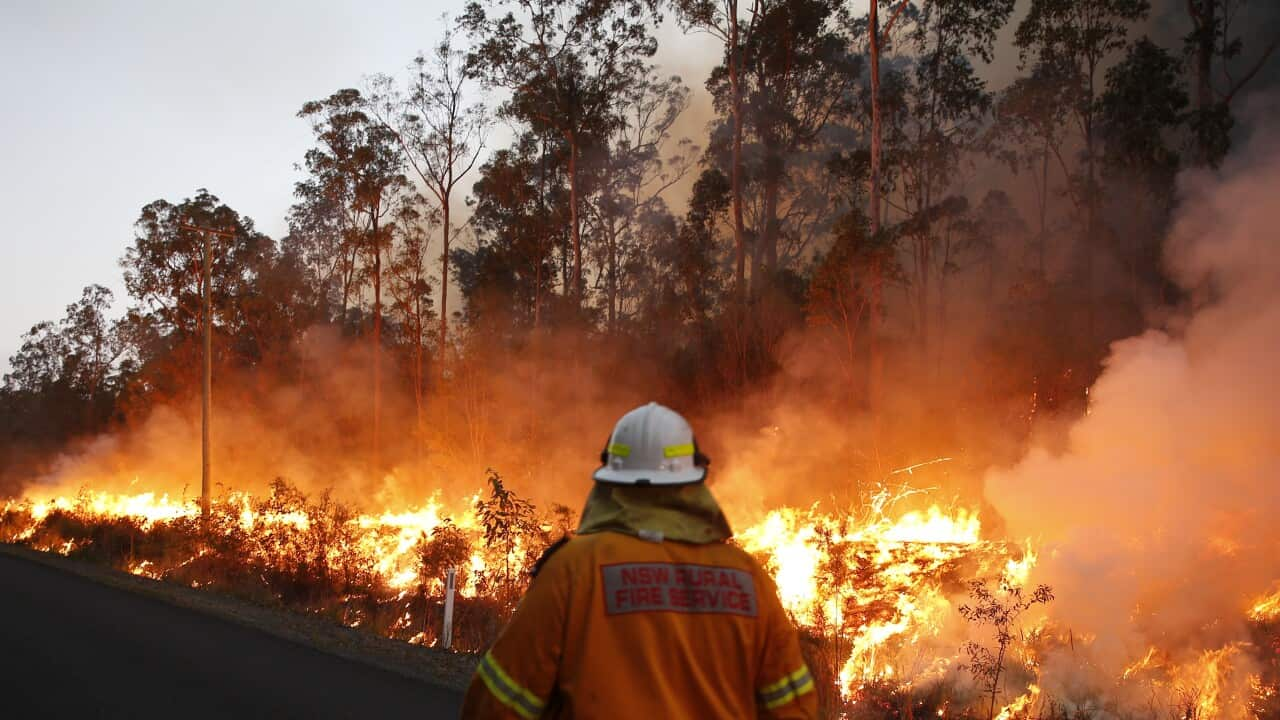BMP Essentials: Protecting Your Home Versus Bushfire Risks
BMP Essentials: Protecting Your Home Versus Bushfire Risks
Blog Article
Vital Tips for Bushfire Monitoring to Make Sure Fire Defense

Understanding Bushfire Threat Degrees
Understanding the differing levels of bushfire risk is crucial for reliable planning and prep work in mitigating prospective hazards to homes and lives. Bushfire risk degrees are generally categorized based on aspects such as weather, gas accessibility, topography, and historical fire behavior. By comprehending these danger levels, people and areas can proactively apply approaches to lower vulnerability and improve resilience despite prospective bushfire occasions.
The very first degree of bushfire threat is low danger, where the probability of a bushfire taking place and creating considerable injury is minimal. High-risk levels represent a substantial hazard, with conditions helpful to rapid fire spread and extreme fire behavior.
Recognizing these bushfire risk levels enables stakeholders to tailor their readiness and response activities accordingly, guaranteeing a effective and aggressive strategy to bushfire administration.
Establishing a Defensible Room
Effective bushfire management begins with developing a defensible space around buildings to boost protection against possible fire threats. A defensible room is a buffer zone that creates an obstacle in between a framework and the bordering combustible greenery. This room works as an essential line of protection, offering firefighters a secure area to operate and aiding to lower the threat of a fire infecting the residential or commercial property.
When establishing a defensible space, it is important to take into consideration the layout of the building and the bordering landscape. Cleaning plant life, specifically extremely flammable plants, within a particular radius of the residential property can aid stop the fast spread of fires. Furthermore, keeping a well-irrigated area around the residential property can even more boost its defensibility.
Normal upkeep of the defensible room is vital to guarantee its effectiveness. This consists of trimming looming branches, clearing dead plant life, and keeping the area devoid of particles. By investing time and initiative right into developing and preserving a defensible room, home proprietors can substantially boost their chances of protecting their homes and properties during a bushfire.
Implementing Fire-Resistant Landscaping
When making landscapes to minimize the danger of bushfires, incorporating fire-resistant aspects is crucial for improving building protection and reducing fire dangers. Applying fire-resistant landscape design includes tactical try this out preparation to produce a defensible room around frameworks. Beginning by picking fireproof plant varieties that are less likely to ignite and generate reduced degrees of flammable materials. Select plants with high wetness content, low oil content, and minimal dead greenery to lower the danger of fire spread. Furthermore, maintain adequate spacing between plants and maintain them appropriately trimmed to stop fire from quickly leaping in between plants.

Developing an Emergency Evacuation Strategy
Creating a detailed emergency situation discharge strategy is vital for guaranteeing the safety and health of individuals throughout potential bushfire incidents (BAL Report). An effective evacuation plan need to outline clear procedures to adhere to in case of a bushfire hazard, including assigned evacuation routes, setting up points, and communication protocols
To start creating an emergency situation emptying plan, it is important to examine the particular threats and vulnerabilities of your location. Identify numerous emptying routes that cause secure areas away from the fire, taking into consideration aspects such as surface, roadway access, and potential hazards. Develop communication channels to sharp residents of an impending evacuation, using approaches such as alarms, text alerts, or door-to-door alerts.
Routinely review and exercise the evacuation plan with all citizens or area members to ensure every person recognizes their duties and duties. Conduct drills to examine the performance of the strategy and Learn More Here make any type of necessary adjustments. By having a well-prepared evacuation strategy in position, you can improve the possibilities of a safe and organized discharge throughout a bushfire emergency situation.
Maintaining Fire Safety And Security Equipment
After establishing a detailed emergency emptying prepare for bushfire cases, it is vital to focus on the normal upkeep of fire safety and security devices to ensure optimal performance and preparedness. Regular maintenance of fire security equipment such as fire extinguishers, smoke detectors, fire alarms, and lawn sprinkler is vital in securing lives and residential or commercial property during a bushfire. Conducting routine assessments, testing, and servicing of these tools by qualified experts is important to assure they are in working order when needed.
Fire extinguishers must be inspected on a regular basis for stress levels, noticeable damages, and correct performance. By faithfully preserving fire security equipment, individuals can enhance their preparedness and action capacities in the event of a bushfire.
Verdict
In verdict, effective bushfire look here administration entails understanding risk degrees, developing defensible spaces, applying fire-resistant landscape design, developing evacuation plans, and keeping fire security tools. By adhering to these important ideas, people can ensure much better fire protection and safety for their areas and residential or commercial properties. It is crucial to focus on aggressive procedures to minimize the risks connected with bushfires and to be gotten ready for emergency situations.
By comprehending the subtleties of bushfire danger degrees, creating defensible spaces, applying fire-resistant landscape design, producing comprehensive emptying strategies, and making sure the upkeep of fire safety and security equipment, areas and people can substantially bolster their durability versus the ravages of wildfires - BAL Report. These pointers are not only vital for protecting versus instant fire hazards however additionally for fostering long-lasting fire protection techniques that can make a substantial difference in the face of intensifying bushfire threats
Risky degrees signify a substantial risk, with conditions helpful to rapid fire spread and extreme fire habits. Normal upkeep of fire safety equipment such as fire extinguishers, smoke detectors, fire alarms, and sprinkler systems is important in guarding lives and building throughout a bushfire.In verdict, effective bushfire administration includes comprehending threat degrees, producing defensible rooms, applying fire-resistant landscaping, creating discharge strategies, and keeping fire safety and security tools.
Report this page